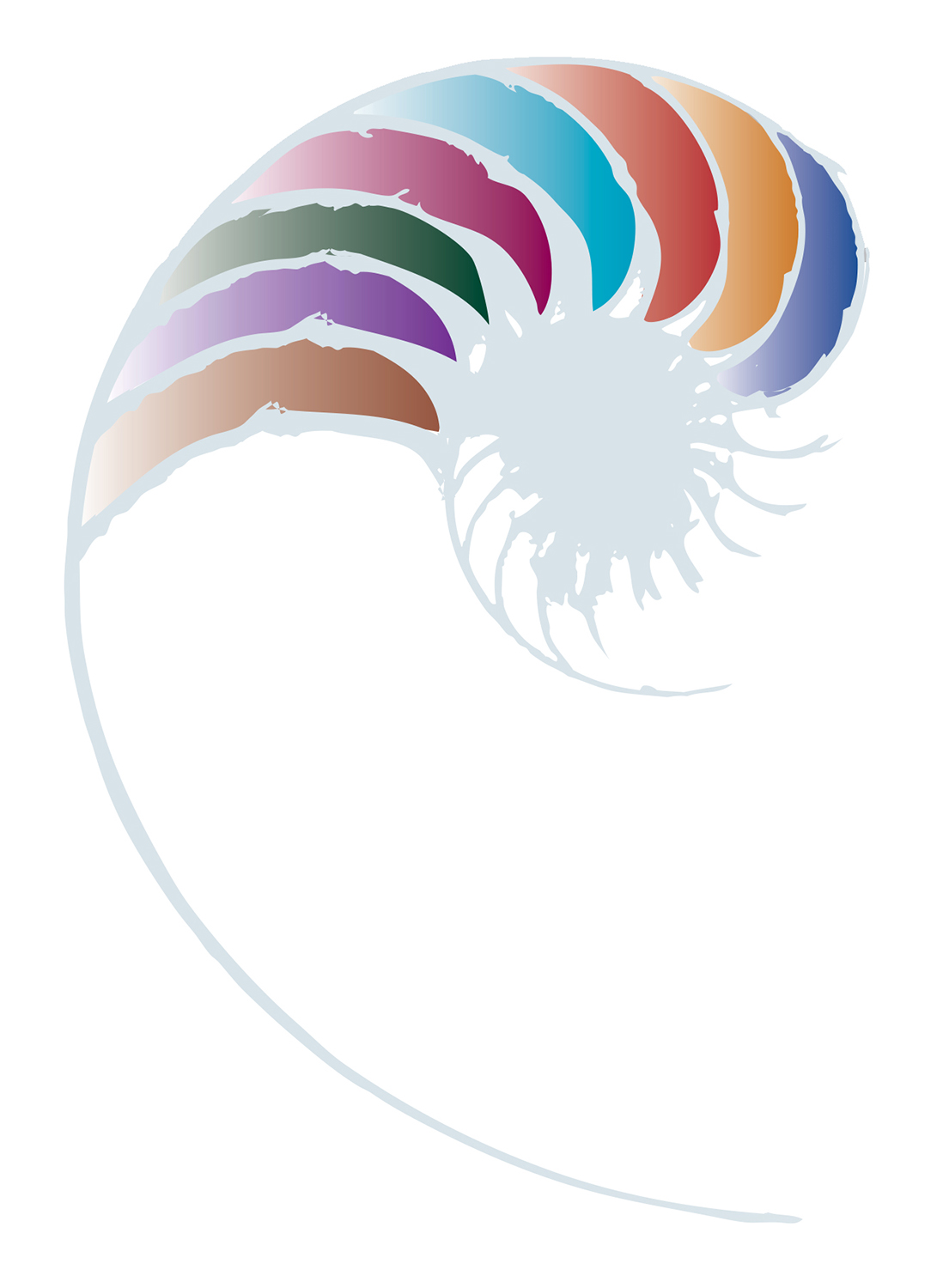Pito mata – widening the lens
This resource supports kaiako to create opportunities for tamariki to explore their giftedness with their whānau, create an environment that supports children’s giftedness, and recognise and respond to the often strong emotional responses of gifted children in a mana enhancing way as part of a holistic understanding of the individual.

Creating opportunities for tamariki to explore their giftedness
Giftedness stems from the child, but the responses of people around the child shape their educational experience. As a socially constructed phenomenon, understandings of giftedness are shaped by the values of the society in which the child resides.
“It is important that kaiako develop meaningful relationships with whānau and that they respect their aspirations for their children, along with those of hapū, iwi, and the wider community.” (Te Whāriki, p. 20)
Te Whāriki also states that it is the responsibility of kaiako to engage in discussions with whānau to understand their priorities for learning. The importance of whānau involvement in working with kaiako to develop the gifts of their tamariki cannot be understated.
Whānau of gifted children can often become sensitive about their child’s gifts due to prior interactions with others.
They might:
- downplay their child’s abilities in order for their child to “fit in”
- not readily talk about them so as not to be seen comparing them to others or bragging – we sometimes call it tall poppy syndrome
- not share the ways they see their child as gifted because it is not in an academic way.
Consider the different types and characteristics of giftedness in Materials that come with this resource to download
- Pito mata- realising potential - gifted learners (.pdf)
- Pito mata - realising potential - Mana Tū, Mana Ora (.pdf)
Reflect on how you may:
- encourage whānau to share their aspirations regarding their child’s gifts
- work with whānau to support giftedness
- respond to their funds of knowledge and funds of identity.
Developing capabilities to navigate their world
A supportive, learning-focused environment supports children to gain a range of social and emotional capabilities. These capabilities are expressed through cultural practice, language, and identity.
An environment that supports children’s giftedness also supports the mana of the child as they experience strong emotional responses. These can be expressed in a variety of ways – called overexcitabilities or intensities.
Overexcitabilities
Overexcitabilities are frequently experienced by highly gifted children, and recognising and responding to these intensities is part of a holistic understanding of the individual, alongside their cognitive skills. The stronger the intensity of feeling, the more extreme tamariki reactions can be. Kaiako need to collaborate with whānau to approach and develop strategies that respond to and support tamariki with intensities.
Overexcitabilities and what they can look like:
- Physical - Often moving around, wanting little sleep
- Sensual - Heightened awareness and reactions to sensory experience (lighting, food texture, noise, temperature)
- Intellectual - Highly observant, curious, avid readers, independent thinkers
- Imaginative - Imaginative fantastical thoughts, reality, and fantasy intertwining
- Emotional - High levels of empathy, strong emotional attachments, dramatic expression of emotions or internalisation
Strategies and solutions to support children experiencing intense emotions will depend on:
- the children
- the situation
- the context
- the expectations of the setting, including cultural expectations.
"Supporting young children with their emotional responses takes time and a trusting relationship is necessary to help children work through their feelings." - Delaune 2015
Curriculum design to support notions of giftedness
An inclusive curriculum
When thinking about gifted tamariki, Te Whāriki is clear about the expectations of an inclusive curriculum.
Kaiako:
- actively respond to the strengths, interests, abilities, and needs of each child
- remove any barriers to participation and learning
- work with families, whānau, and communities to identify and dismantle such barriers.
(Te Whāriki p. 13)
Once again, a strengths-based approach is highlighted. The idea of barriers or challenges to learning is acknowledged. The importance of working with families, whānau, and communities to identify and dismantle such barriers is reiterated.
Environment
Environments that foster open-ended play where tamariki can make their own decisions and raise their own questions to answer and solve are environments where kaiako engage in intentional teaching strategies.
Active listening and collaborative relationships, paired with flexibility in the environment and alternative ideas, will help to develop individual strategies for gifted learners’ social and emotional development.
Kua kite rānei koe?
About this resource
In this resource, kaiako are supported to engage with whānau to understand their priorities for learning and create opportunities for tamariki to explore their giftedness, as well as recognise and respond to gifted children in a mana enhancing way.




